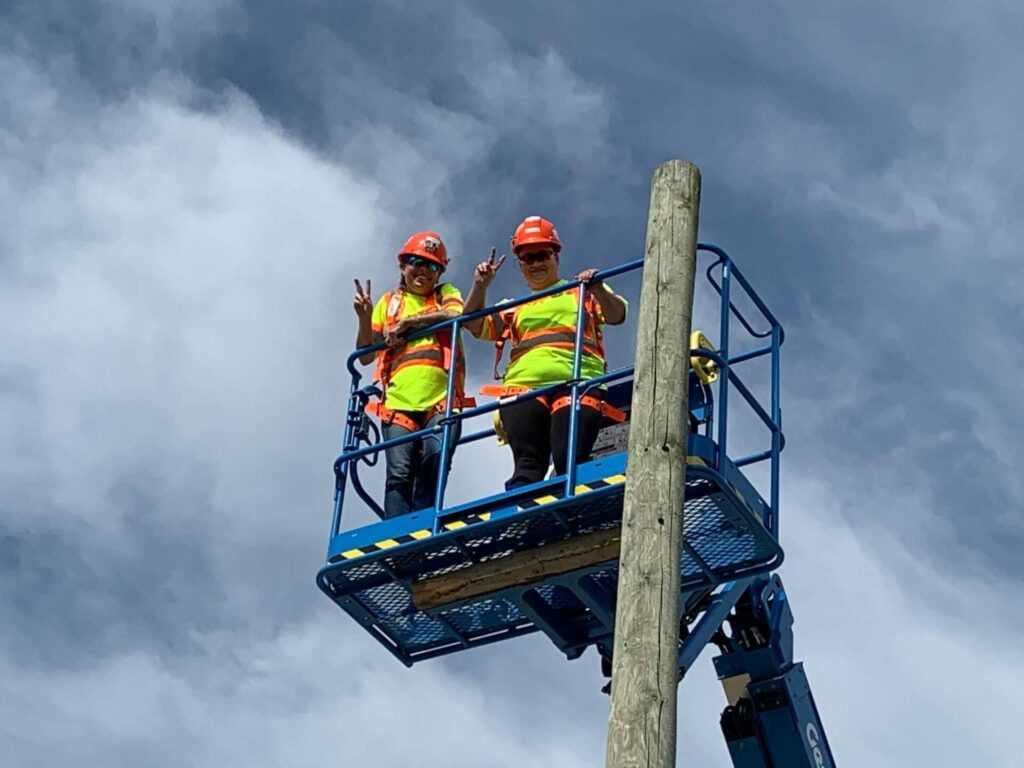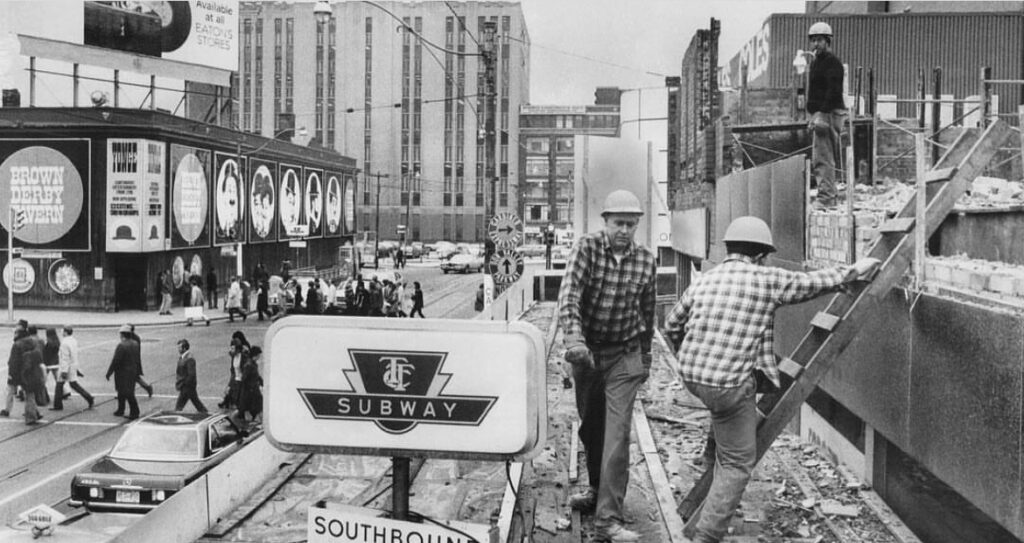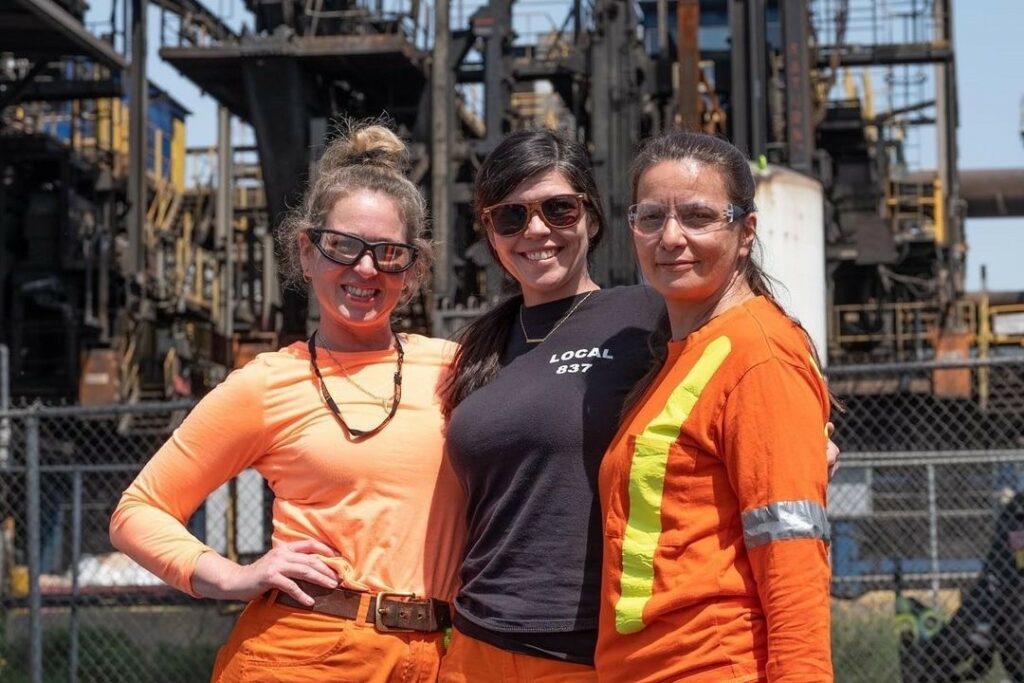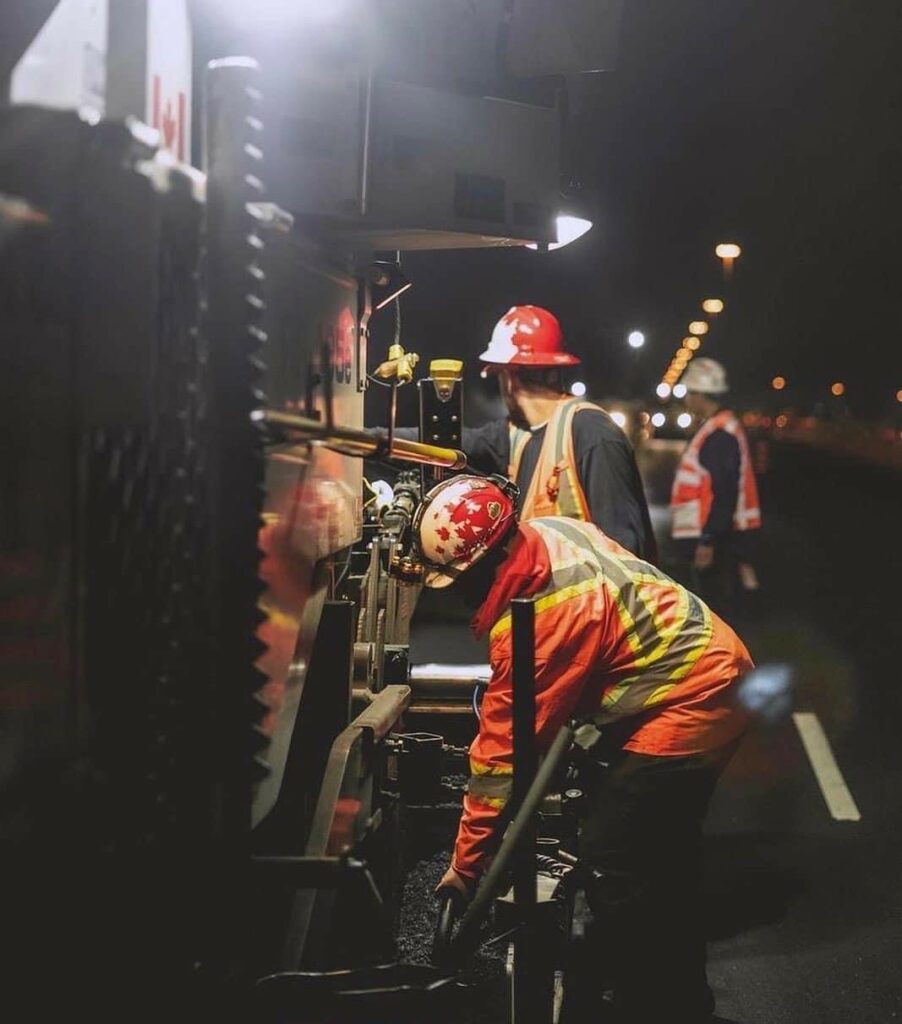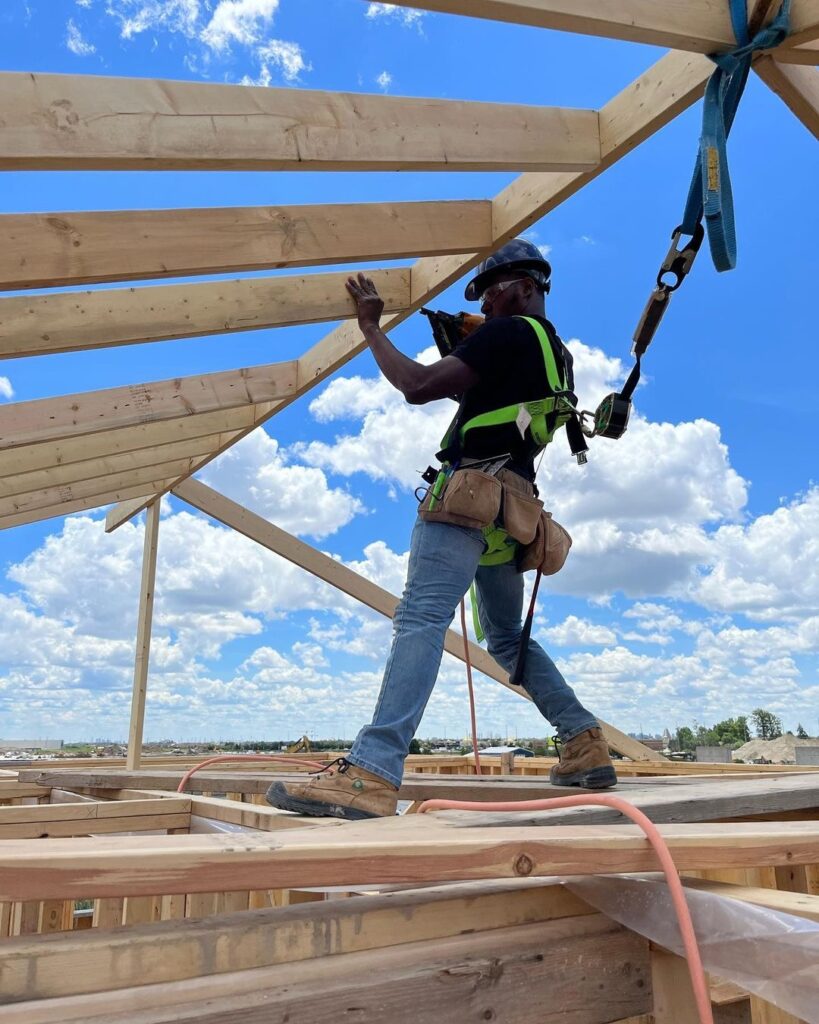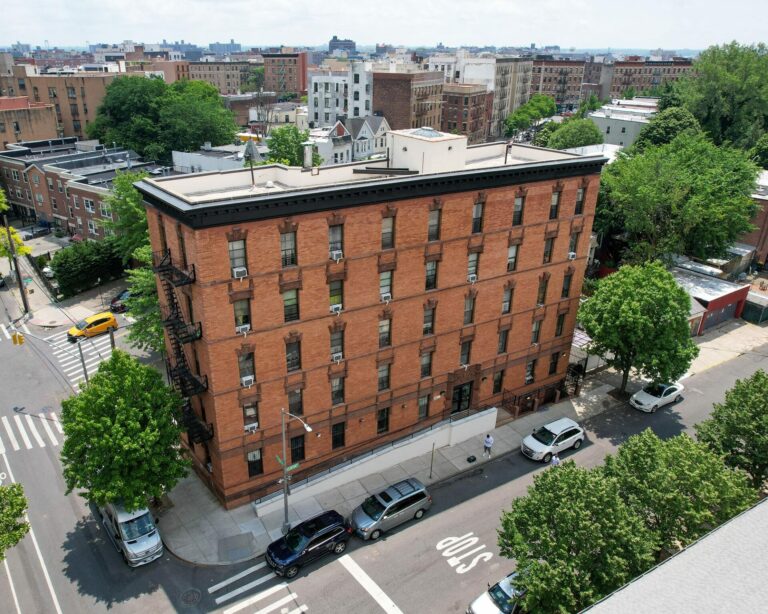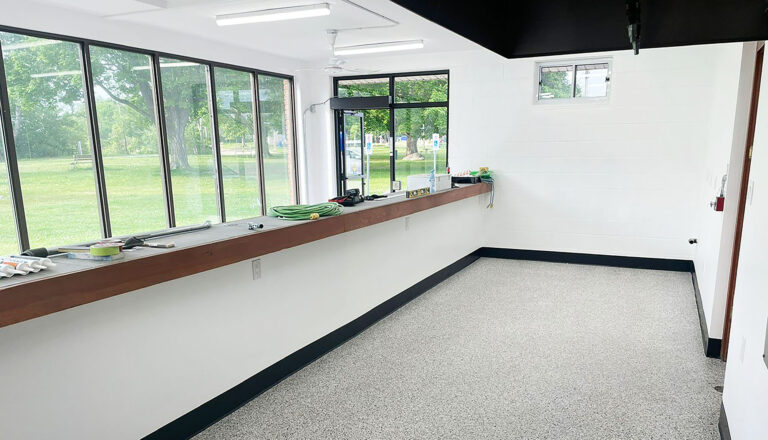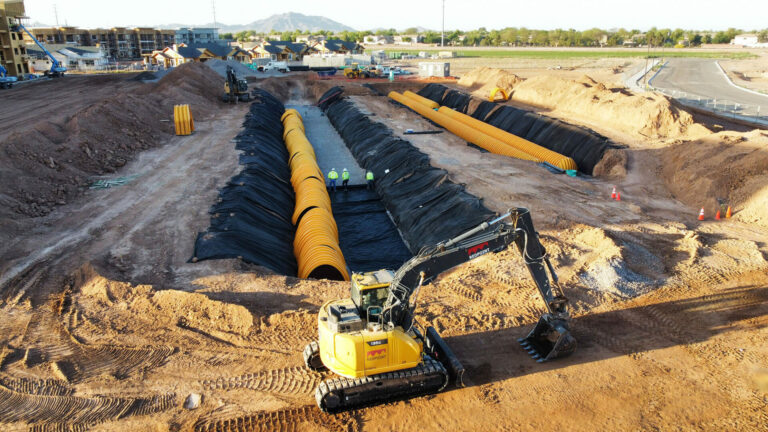Construction is one of the most fast paced and diverse industries in the world. Technological advances across all sectors mean that companies can now reshape the industry environment on a near seasonal basis. External challenges, an omnipresent feature of the industry, can be navigated with skill and innovation. However, with such positive developments in our day-to-day experiences, it could easily be forgotten how much the construction world has developed and thrived since the industry took off over a century ago. Using any metric, the industry is better paid, safer and more inclusive than ever before. While more can always be done, it is important to acknowledge where the industry is now.
The Laborers’ International Union of North America (LiUNA) is one of the largest unions in North America with over half a million members. Established in 1903, its highly skilled and experienced members work across a range of sectors in both the construction and energy industries. However, while the core focus and goal of the union is to enhance the opportunities for its members, the overarching ethos of LiUNA goes much further. “A half-million strong, we are united through collective bargaining agreements which help us earn family-supporting pay, good benefits and the opportunity for advancement and better lives.”
The LiUNA story is one of dedication and empathy and, in the words of Joseph S. Mancinelli, LiUNA’s International Vice President and Regional Manager for Central and Eastern Canada, it has led to the betterment of all workers, unionized or not. “The basic rights that someone has were achieved through the fights of the unions of those days. So, even people who don’t have anything to do with trade union, are the beneficiaries of the struggles and conflicts of the past.” The conflicts he is referring to are the struggles that took place on job sites all over North America around the beginning of the twentieth century. As industry boomed, the pressure placed on laborers was immense. Exploitation and a non-existent legislative program led to workers being forced into deeply unsafe environments with no protection or advocacy. These workers represent the “true heroes in the labor movement” because, as Mancinelli stresses, the gains they secured are still being felt today. “They had absolutely no protection, no legislative protection, and no legal protection. They had to fight for a glass of water on the jobsite. I mean, things that we take for granted nowadays. These heroes fought for human rights and civil rights and those fights were not easy. In the early days the employers fought back by paying private police forces. People got hurt and people got killed to fight for the basic rights that nowadays we would take for granted.”
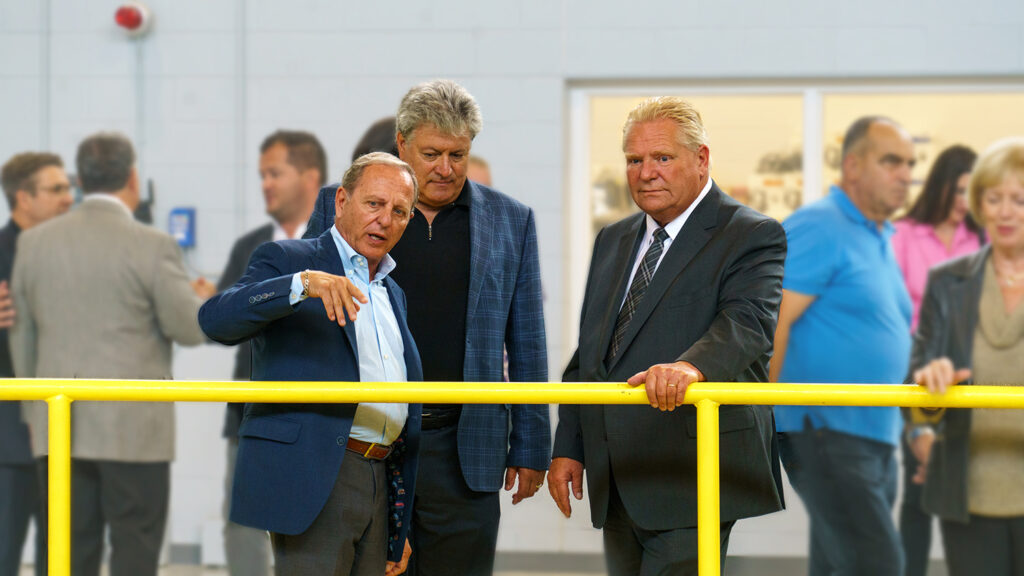
For those at LiUNA, these rights that benefit all construction workers throughout North America are much more than entries in the history books. In fact, the work being done by the union every single day is designed to ensure that these rights are both maintained and built upon. As Mancinelli explains, the thrust of the work being done at LiUNA is to ensure that workers are protected, and the current high standards are maintained. “Much of our work is legislative in order to maintain the hard-fought battles of the past. You have to keep on top of the legislators all the time and it is vital for us to have a strong and vigorous legislative agenda.
Our work is spread out over many levels of government and what that means is countless amounts of hours spent with federal politicians, provincial politicians, regional politicians, and municipal politicians.” While much of this work takes place in order to further the opportunities of its members when it comes to governmental funding, LiUNA also works tirelessly to advocate for its members and protect their rights in terms of health and safety. While the construction industry is considerably safer than it was a century ago, Mancinelli explains that for LiUNA, there will always be work to do in this regard. “The construction industry is obviously much safer than it was in 1903. Nevertheless, there are still some dangers that that need to be addressed. For example, working at heights is one of the most important ones. There have been far too many workers who have either died or been seriously injured by workplace falls. Road accidents are another important one. Our workers are working on highways, and we need to continue working with governments to ensure that proper safety measures are put in place on these highways and that barriers are put in place while our members are working so that they’re protected from drivers.”
“The work being done by the union every single day is designed to ensure that these rights are both maintained and built upon.”
One important aspect of the work LiUNA does is to educate and empower workers to advocate for themselves. This advocacy comes through high quality training in areas ranging from safety to productivity. For Mancinelli, the rationale is simple. Healthy and productive workers are popular workers that will be welcomed with open arms onto any jobsite. “We have education and training centers in every municipality across the country. We educate our members on health and safety protocols. They can become advocates on the jobsite, and they can protect their own lives and safety. You know, your ability to stay employed depends on your ability to work and if you get hurt, you can’t work in construction anymore.”
While health issues may pose a threat to the number of construction workers available for work, there is a more pressing challenge, one that is putting huge strain on the industry’s ability to meet the demands of aging infrastructure and natural growth. The shortage of skilled workers is something that companies and unions have struggled to address for a number of years. Unfortunately, there is no quick fix, no overnight measure that can produce the required number of workers. Mancinelli accepts that it may be a long road to attract young workers to the industry, but LiUNA is not waiting around. In fact, the union has developed relationships with both school boards and government alike, working together to provide training, exposure, and insight at all educational levels. “We hold career days for school age children at our training centers. We have partnerships such as the Ontario Youth Apprenticeship Program where students can earn while they learn. Also, we hold summer programs where students can get an insight into a career in construction. On these programs, they learn new skills and earn income at the same time.” For LiUNA, the problem is multifaceted, and the solution is a long-term one. Mancinelli explains that a generational aspect is at play where parents are directing their children into university. A huge body of work is needed to educate young people on the benefits, both mentally and financially, that are available to the modern construction worker. “Most parents over the last, let’s say, 30 years have wanted their children to go to university and become accountants, lawyers, teachers, doctors, nurses. We have to market ourselves and help the public understand that this is a viable, long-term profession. It is one with the opportunity to have great financial returns and it is also a profession that gives you a lot of fulfilment. You can drive by a building and say, ‘I built that.’ There is a huge sense of satisfaction in that.”

It is clear that the work being done by LiUNA benefits its members and the construction industry in general. Education and advocacy work are its core goals. However, these long-term strategies are coupled with supporting the needs of its members today. The marketplace is a challenging one where businesses use any means necessary to get ahead. This is amplified even further when the economy goes through its eventual low periods. LiUNA, in recognizing this, uses its $12 billion pension plan to invest in construction projects that benefit its members, the industry and local communities alike. “We create work by investing in construction projects. All of a sudden, we are seeing a greater level of economic activity and work and also the ability for our contractors to bid on that work.”
While the history books may show that the workers that started collective bargaining in North America are real heroes, the spirit of community and support is very much alive and well at LiUNA. As work continues to support members each day, plans for future proofing the industry and its workers remain top priority. For Mancinelli, these two facets of the work LiUNA does cannot be disentangled. Simply put, the work being done today by its members lays the foundation for the next generation. “This leads to a shift in attitude. Not only from our contractors, but from communities and the regular guy on the street because we are investing in community projects that are desperately needed like residential and affordable housing. This will also help to get people into the construction industry. It’s circular. We invest in the communities and young people in these community want to be a part of it.”









